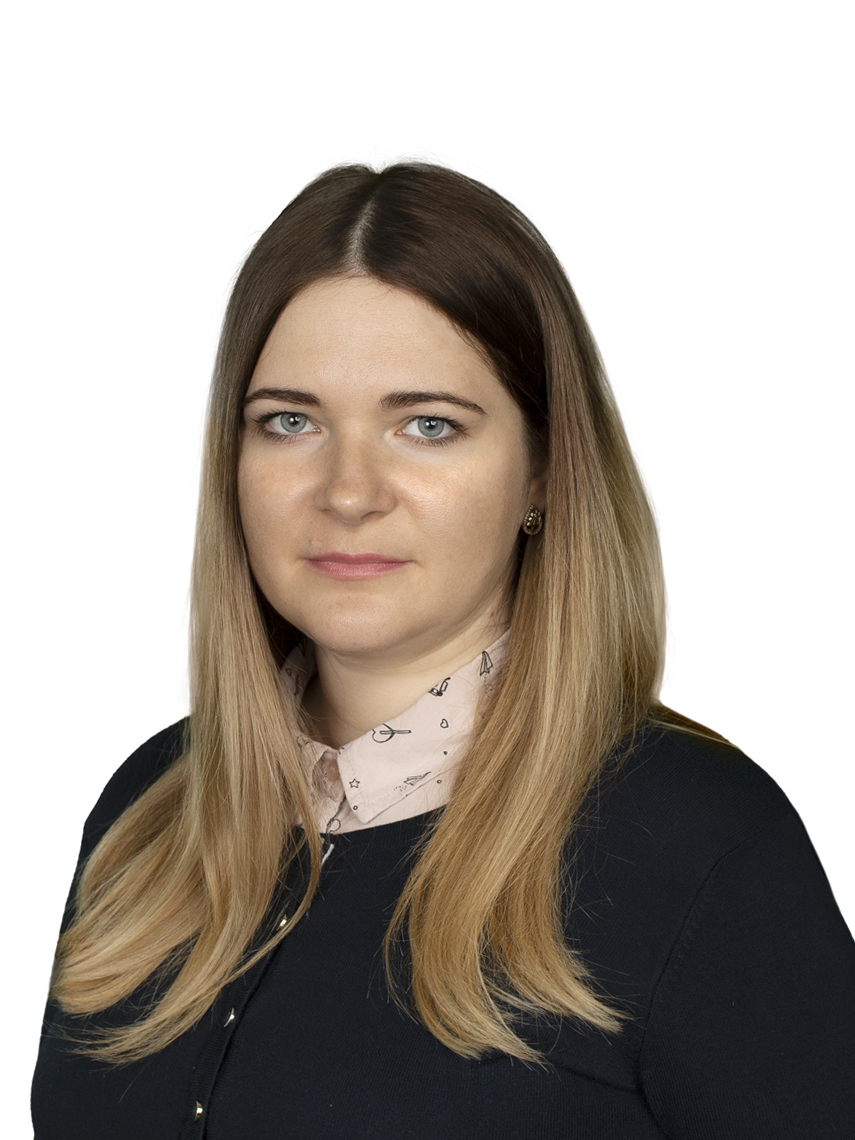 ORCiD iD: 0000-0003-2176-4096
ORCiD iD: 0000-0003-2176-4096
E-mail: monika.toleikiene@lammc.lt
Instituto al. 1, Akademija, LT-58344 Kėdainiai dist., Lithuania
Education
2015–2019 PhD studies of Agronomy, LAMMC.
2013–2014 Master courses Physical Geography, studies on Erasmus exchange programme at Lund University, Sweden.
2012–2014 Master's degree in Environmental Research and Management, Vilnius University.
2008–2012 Bachelor's degree in Ecology and Environmental Research, Klaipėda University.
Academic degree
2019 Doctor in Agronomy Science, dissertation “Efficiency of legume nitrogen use in organic plant-based agroecosystem”.
Research fields
- Legume’s productivity, usage, cultivar potential and introduction of new species under the climate change
- Nitrogen fixation and symbiosis of microorganisms with plants
- The use of organic farming technologies and organic fertilisers
- Soil biodiversity in an organic agroecosystem
Position
Since 2021 Senior Researcher, Department of Plant Nutrition and Agroecology, Institute of Agriculture, LAMMC.
Memberships and affiliations with professional organisations
- Member of the Lithuanian Society of Soil Scientists
- Member of the International Legume Society (ILS)
- Member of the Young Academy of the Lithuanian Academy of Sciences, representative of the Office of the Young Academy of the Lithuanian Academy of Sciences for the field of agronomic sciences
- 2022–2023 Member of the organising committee of the “European Grassland Federation international symposium”.
Involvement in programmes and projects
International
- 2022–2025 Horizon 2020 program project EJP SOIL internal program project “Optimizing roots for sustainable crop production in Europe - pure cultures and cover crops” (MaxRoot-C), coordinator of the Lithuanian part, senior researcher.
- 2022–2025 Horizon 2020 program project EJP SOIL internal program project “Are mixed species systems fostering belowground C inputs and C sequestration?” (MIXROOT-C), coordinator of the Lithuanian part, senior researcher.
- 2022–2025 Horizon 2020 program project EJP SOIL internal program project “Agroecological strategies for an efficient functioning of plant - soil biota interactions to increase SOC sequestration” (AGROECOseqC), senior researcher.
- 2018–2021 Horizon 2020 project “Fostering sustainable legume-based farming systems and agri-feed and food chains in the EU” (LEGVALUE, 727672 – LEGVALUE – H2020-SFS-2016-2017/H2020-SFS-2016-2) (2017–2021), junior researcher.
- 2015–2017 FP7 ERA-NET Plus: CORE Organic FertilCrop “Managing fertility building in organic cropping systems”.
National
- 2022–2025 Project of researcher teams funded by the Lithuanian Research Council “Optimization of legume nitrogen fixation and use in the organic farming ecosystem”, supervisor.
- 2018-2022 National high level R&D (SMART) project of the Lithuanian Research Council “Enhancement of the multifunctional properties of legumes in feed and food value chains” (SmartLegume), junior researcher.
- 2015–2017 Ministry of Agriculture national programme “Soybean Management Technology”.
SCIENTIFIC PUBLICATIONS (click the link here)
 ORCiD iD: 0000-0003-2176-4096
ORCiD iD: 0000-0003-2176-4096